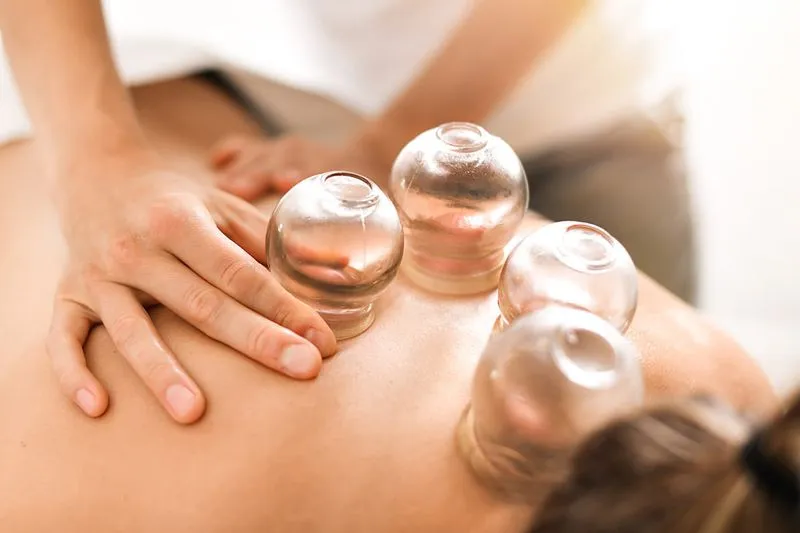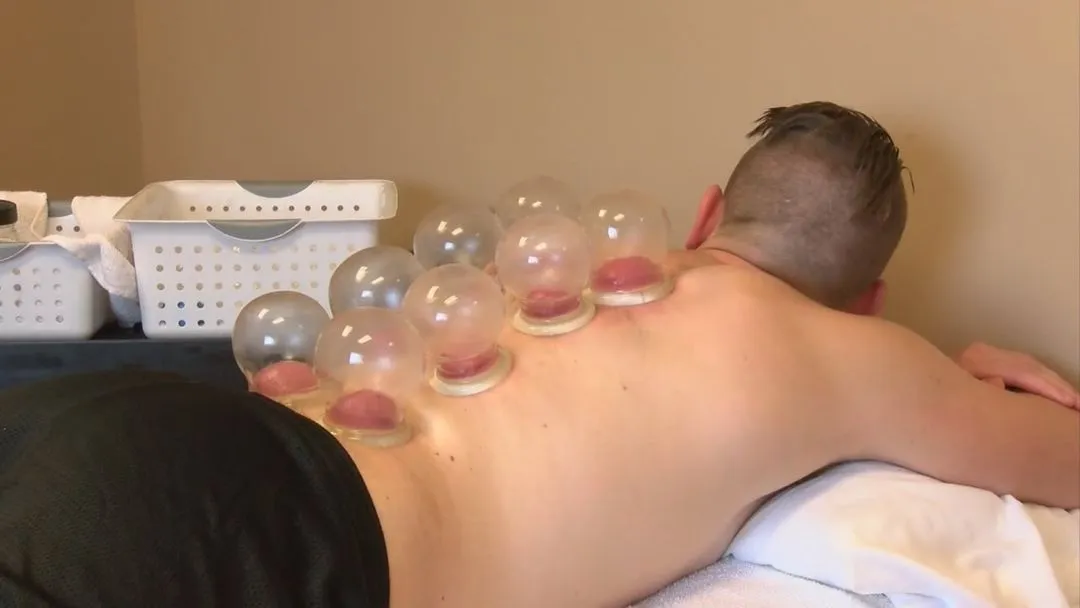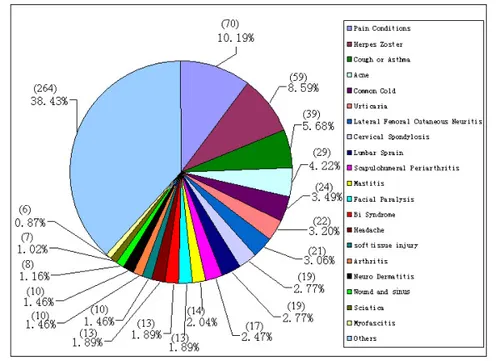
Cupping therapy has been gaining popularity in recent years as a holistic healing practice, but with its rise in popularity comes a need for a deeper understanding of its potential side effects. In this blog series, we will delve into the world of cupping therapy, exploring its history, mechanism, and benefits. We will also shine a light on the potential side effects that individuals may experience, such as skin irritation, bruising, and dizziness. Additionally, we will discuss precautions to take during cupping therapy, compare it with other treatment options, and examine the latest research and studies on its side effects. Furthermore, we will address common myths about cupping therapy and provide insights into post-cupping care and recovery. Through personal experiences and expert opinions, we aim to equip our readers with the knowledge they need to make informed decisions about this ancient healing practice. Join us as we unpack the potential side effects of cupping therapy and navigate the regulations and standards that govern this alternative therapy.

Cupping therapy has been around for centuries, with roots in ancient Egyptian, Chinese, and Middle Eastern cultures. It involves creating suction on the skin to promote healing and relieve pain. Traditionally, cupping was performed using glass or bamboo cups heated with fire to create a vacuum effect. In modern times, practitioners may also use silicone or plastic cups along with a hand pump to create suction.
The mechanism of cupping therapy is thought to increase blood flow to the area and promote healing by stimulating the body's natural energy pathways. The negative pressure created during cupping is believed to help release toxins from the body and improve overall circulation. Many proponents of cupping therapy claim that it can reduce muscle tension, improve immune function, and alleviate symptoms of various medical conditions.
Some potential benefits of cupping therapy include relief from chronic pain such as back or neck pain, improved digestion, reduced inflammation, and relaxation. However, it's important for individuals considering cupping therapy to be aware of both its benefits and potential side effects before undergoing treatment.
One potential side effect of cupping therapy is skin irritation and burns. This can occur when the cups are left on the skin for too long or if they are placed over a sensitive area. The suction from the cups can cause damage to the skin, leading to redness, blistering, or even scarring.
Another common side effect is bruising and soreness. The suction created by the cups can cause blood vessels to break, resulting in dark purple bruises on the skin. Additionally, some people may experience muscle soreness after cupping therapy, especially if it is performed aggressively.
Dizziness and lightheadedness are also potential side effects of cupping therapy. This can occur due to changes in blood pressure during treatment or from standing up too quickly after a session. It's important for individuals undergoing cupping therapy to be aware of these potential side effects and to communicate any discomfort with their practitioner.
When considering cupping therapy, it is crucial to select a qualified practitioner who has received proper training and certification in this ancient healing technique. It is advisable to do thorough research and ask for recommendations before choosing a practitioner. By selecting a qualified professional, you can reduce the risk of potential side effects and ensure that the therapy is performed safely.
Another important precaution during cupping therapy is to communicate your complete medical history with the practitioner. This includes any existing health conditions, medications being taken, or previous experiences with alternative therapies. Open communication about your health will help the practitioner tailor the treatment according to your individual needs and minimize the likelihood of adverse reactions.
During the cupping process, it is essential to monitor your body's response and be attentive to any discomfort or unusual sensations. If you experience excessive pain, dizziness, or severe bruising during or after the session, it is crucial to seek immediate medical attention. Keeping an eye on how your body reacts can help identify any potential complications early on.
When comparing cupping therapy with acupuncture, it's important to note that both treatments aim to promote healing and relieve pain. However, cupping therapy involves creating suction on the skin using glass or silicone cups, while acupuncture involves inserting thin needles into specific points on the body. Both methods are effective in treating various conditions, but individuals may find one more comfortable or suitable for their needs based on personal preference.
Similarly, when comparing cupping therapy with massage therapy, both approaches focus on promoting relaxation and reducing muscle tension. While massage therapy involves manipulating soft tissues through kneading and rubbing techniques, cupping therapy uses suction to create negative pressure on the skin. Each method has its own set of benefits and drawbacks, so individuals should consider their specific health concerns and preferences before deciding which treatment option is best for them.
In comparison with chiropractic care, cupping therapy differs in its approach to addressing musculoskeletal issues. Chiropractic care primarily focuses on spinal adjustments and manipulation to alleviate pain and improve function, while cupping targets muscle tissue by increasing blood flow and releasing tension. Depending on a person's condition and symptoms, they may find that one treatment modality provides better results than the other.

Numerous clinical trials have been conducted to investigate the potential side effects of cupping therapy. These trials have examined various aspects such as skin reactions, bruising, and pain associated with the procedure. While some studies have reported minimal adverse effects, others have highlighted concerns related to burns and infections.
Scientific research on cupping therapy side effects has provided valuable insights into the safety profile of this alternative treatment. Findings from these studies suggest that while cupping therapy may offer benefits for certain conditions, there is a need for careful consideration of its potential drawbacks. Furthermore, expert opinions and reviews often emphasize the importance of ensuring proper hygiene and technique to minimize the risk of adverse effects.
Overall, it is crucial to consider both positive outcomes and potential risks when evaluating cupping therapy as a treatment option. By closely examining research findings and expert perspectives on side effects, individuals can make informed decisions about incorporating cupping therapy into their healthcare regimen.
One of the most common misconceptions about cupping therapy is that it is extremely painful. While some people may experience discomfort during the treatment, it is generally not described as excruciating. The sensation can vary depending on individual pain tolerance and the intensity of the therapy, but many clients report feeling relaxed and relieved after a session.
Another misconception surrounding cupping therapy is that it leaves permanent marks on the skin. In reality, the circular bruises or discolouration left behind by cupping are typically temporary and should fade within a few days to a week. These marks are not indicative of injury but rather indicate increased blood flow to the treated areas, which is believed to promote healing.
Lastly, there is a belief that cupping therapy has no side effects at all. While many individuals benefit from this alternative treatment, it's important to recognize that there can be potential drawbacks for certain people. Side effects such as dizziness, nausea, or skin irritation may occur in some cases. It's crucial for anyone considering cupping therapy to consult with a qualified practitioner and discuss any concerns or preexisting conditions before undergoing treatment.
After undergoing cupping therapy, it's important to take certain precautions to minimize potential side effects. It is advised to avoid exposure to extreme temperatures, including hot baths or showers, as well as strenuous physical activities for at least 24 hours post-treatment. Additionally, ensure that the treated areas are kept clean and protected from potential irritants.
Engaging in light activities such as walking or gentle stretching can help promote circulation and aid in the recovery process. Keep the skin hydrated by applying a gentle moisturizer to prevent excessive dryness or irritation. If you experience any discomfort or unusual symptoms following cupping therapy, it's crucial to seek follow-up consultation with your healthcare provider for further evaluation and guidance.
Overall, being mindful of post-cupping care and taking necessary steps for recovery can significantly reduce the risk of adverse side effects. By following these recommendations and seeking professional advice when needed, individuals can maximize the benefits of cupping therapy while minimizing any potential drawbacks.
Many individuals have reported positive experiences with cupping therapy, citing relief from muscle tension and improved circulation. However, there are also accounts of side effects that should not be overlooked. For example, some people have experienced mild to moderate bruising and skin irritation at the site of cupping. These side effects may last for a few days before resolving.
Healthcare professionals often share anecdotes about their patients' experiences with cupping therapy. While some patients report feeling energized and relaxed after treatment, others have described feeling lightheaded or dizzy during or after the procedure. It's important to consider these personal accounts when weighing the potential benefits and drawbacks of cupping therapy.
In addition to individual testimonials, real-life accounts of side effects can provide valuable insights into the possible adverse effects of cupping therapy. Some individuals have reported feeling soreness in the treated area or experiencing heightened sensitivity to touch following a session. These personal experiences highlight the importance of discussing any concerns or potential risks with a qualified healthcare provider before undergoing cupping therapy.
In many jurisdictions, cupping therapy is considered a form of alternative or complementary medicine, and as such, practitioners are often required to obtain specific licensing or certification. These requirements may vary by region but generally involve completing an approved training program and passing an examination to demonstrate competence in the practice of cupping therapy.
Industry guidelines and best practices for cupping therapy are typically established by professional organizations or regulatory bodies within the field of alternative medicine. These guidelines may cover aspects such as hygiene standards, equipment sterilization procedures, informed consent protocols, and ethical considerations when working with clients. Adhering to these standards is crucial in ensuring the safety and effectiveness of cupping therapy.
Quality control measures in cupping therapy encompass various aspects including the sourcing of cups (whether glass, bamboo, silicone or others), manufacturing processes, materials used in cups and their impact on patients' skin (such as potential allergic reactions), standardizing treatment protocols for different conditions while considering patient's health history etc.
At Prime Chiro, we understand the importance of finding the best chiropractor near you in Lansvale NSW and nearby areas of Fairfield, Liverpool, and Cabramatta. Our team of experienced chiropractors is dedicated to providing personalized care and consultation to individuals seeking relief from pain and discomfort. Whether you are dealing with back pain, neck pain, headaches, or other musculoskeletal issues, we offer a range of chiropractic services to help you feel your best. Contact Prime Chiro today to schedule a consultation and take the first step towards a healthier, more comfortable life.
Cupping therapy is an alternative medicine practice that involves placing cups on the skin to create suction. This suction is believed to promote blood flow, reduce inflammation, and relieve pain.
Yes, there can be potential side effects of cupping therapy. These may include temporary skin discolouration, mild discomfort, burns, and rare instances of infection. It is important to consult with a qualified practitioner and follow proper safety guidelines to minimize the risk of side effects.
Yes, cupping therapy can cause bruises. The suction created by the cups can break small blood vessels under the skin, resulting in bruising. However, these bruises are usually temporary and fade within a few days to a couple of weeks.
Cupping therapy may not be suitable for everyone. It is important to consult with a healthcare professional before undergoing cupping therapy, especially if you have certain medical conditions such as bleeding disorders, skin conditions, or are pregnant. They can assess your circumstances and advise on the appropriateness of cupping therapy for you.
The side effects of cupping therapy, such as skin discolouration or bruising, typically last for a few days to a couple of weeks. However, individual healing times may vary. It is important to follow aftercare instructions provided by the practitioner and allow your body enough time to recover.
TL;DR: Cupping therapy is an alternative treatment with potential side effects such as skin irritation, bruising, and dizziness. Precautions should be taken and a qualified practitioner selected. Research and studies on side effects, as well as personal experiences and myths, are discussed. Post-cupping care, regulations, and standards are also addressed.